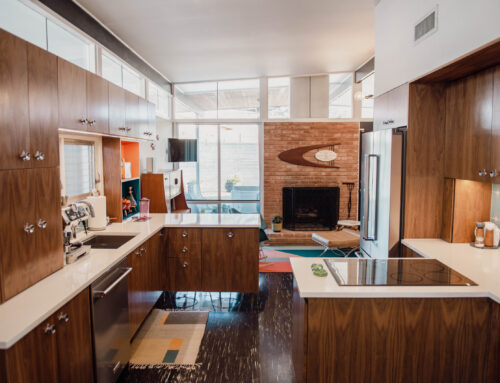I was sitting in the yard the other day talking with the neighborhood kids about Bosnia and the Federal Reserve when the conversation turned to the history of our neighborhood.
“But Mr. Keffer, hasn’t there always been Section 8 housing and gangs and drive-by shootings?” little Aubrey asked.
“No, no. Lake Highlands used to be a much calmer, quieter place,” I chuckled in response.
Between water balloon explosions in and around my person, I quickly noted that these kids knew nothing about their Lake Highlands heritage.
After sharing some interesting fun facts with them about our part of town, I though that you – the Advocate reader; inquisitive, always thirsting for knowledge – would find the following “white rocks” of wisdom useful at your next wine and cheese party.
Our earliest data indicates that, during prehistoric times, the Lake Highlands area was populated with a dinosaur called the DARTasaurus, which was an extremely slow-moving creature, capable of making big holes in the ground for no apparent reason. (Rumor has it that a DARTasaurus still lurks beneath Central Expressway).
Centuries after the last dinosaurs moved to Plano, 12 Lupe Indians wandered into the area, attracted by the lake that had filled up a big footprint left behind by the DARTasaurus.
They named the lake “Arboretum,” which in Lupe means “lake of the sailing yuppie,” foretelling the day that BMWs and catamarans would line the marina, and there would be regattas, linguine, manicotti and other pasta festivals around the lake.
Of course, those 12 Lupe Indians are remembered today by the name of the southern boundary of our neighborhood – Northwest Highway, otherwise known as Loop 12.
Years after the Lupe Indians moved to Oklahoma and opened a bingo palace, a wave of settlers arrived from Scotland.
Abrams and Audelia McCree led their band of 100 pioneers from the Scottish Highlands, and they named their new home “Lake Highlands” – because Balch Springs was already taken.
Many of our streets today still bear the names originally given to them by those settlers. Goforth Road and Merriman Parkway were named because a lot of courting occurred on and around Flagpole Hill.
Following the biblical instruction to “go forth and multiply,” the early homesteaders did (beginning the time-honored tradition of watching the submarine races at White Rock Lake as a dating activity), making this a good place to “marry a man.”
The various “Moss” roads – Moss Farm, Moss Creek, Moss Trail, Moss Haven, Moss Circle and Moss Meadows – were named for the sprawling Moss Farm, which covered almost the entire northwest quarter of Lake Highlands.
For decades, this farm, owned by the family of Harry Moss (real name – Algae Green), grew more moss than any other moss plantation in the Old South.
Lake Highlands continued to enjoy its independence until the Battle of the A La Mode, fought near the present-day location of Braum’s at Kingsley and Audelia against the urban barbarians from the nearby village of Dallas.
The Dallasites coveted our lake, our hills, and our moss. Most of all, the Dallas missionaries wanted to bring Lake Highlands the gospel of mass transit – for a small handling fee.
And so, Lake Highlands was sucked into the Dallas urban vortex. But we should not let that keep us from teaching our kids about our unique heritage.
We have Flagpole Hill, Penny Whistle Park and Chubby’s. We have much to preserve and much to cherish.
Can you say “secede”?





